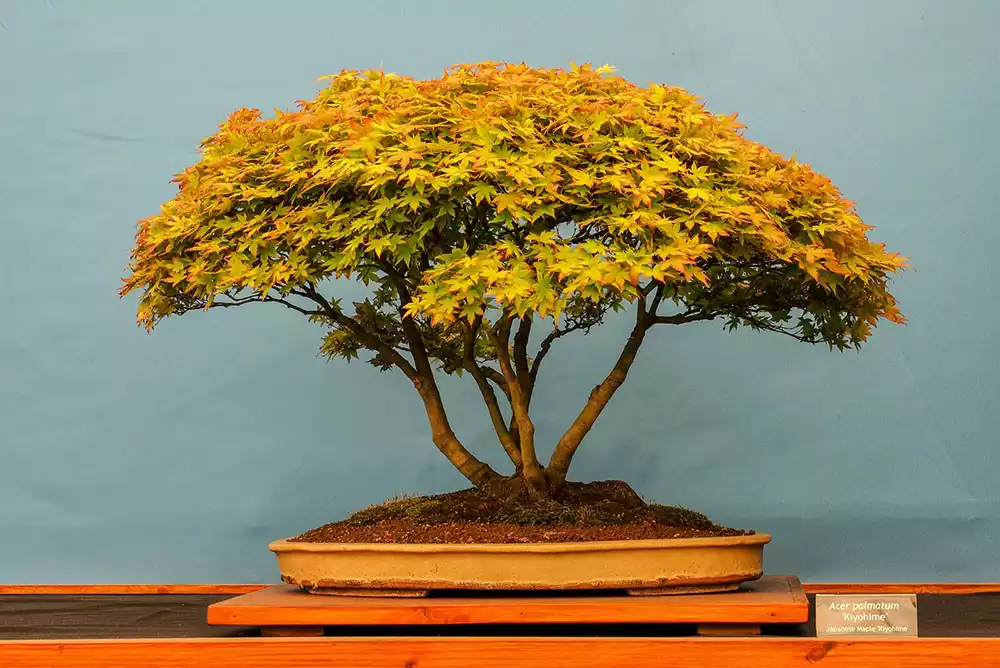
01 Nov How to Care for a Japanese Maple Bonsai Tree
Japanese Maple Bonsai trees are exquisite additions to Japanese-themed gardens or spaces with Koi Ponds. At Aquatic Gardens, we understand the importance of maintaining the beauty of these delicate creations. In this guide, we will provide you with comprehensive information on how to care for your Japanese Maple Bonsai, ensuring its health and vitality.
Selecting the Right Japanese Maple Bonsai
When choosing a Japanese Maple Bonsai, consider its age, trunk thickness, and overall health. Younger trees are more suitable for beginners, while older ones require more expertise. Look for a well-proportioned tree with a sturdy trunk and healthy leaves.
Sunlight and Shade Requirements
Japanese Maple Bonsai trees thrive in partial shade. They should receive morning sunlight but be protected from harsh afternoon sun. If you are in the Los Angeles area, be mindful of the intense sun; provide shade during the hottest part of the day.
Watering and Humidity Control
Keep the soil consistently moist but not waterlogged. A well-draining soil mix is essential. Use a humidity tray to maintain the required moisture levels, especially in dry climates like Southern California.
Soil and Potting Considerations
Re-pot your Japanese Maple Bonsai every two to three years in spring. Use a bonsai-specific soil mix that provides good drainage. Choose a shallow and wide pot to accommodate the tree’s roots.
Pruning and Shaping Techniques
Pruning is crucial for maintaining the bonsai’s shape and size. Regularly trim excess growth, but avoid heavy pruning during the growing season. Wiring can also be used to guide branches into desired shapes.
Fertilization and Nutrient Requirements
Use a balanced liquid fertilizer during the growing season (spring to early autumn). Reduce or stop fertilization during winter. Follow a consistent feeding schedule to promote healthy growth.
Disease and Pest Management
Inspect your bonsai regularly for signs of pests or diseases. Common issues include aphids and powdery mildew. Address problems promptly with appropriate treatments or consult with a professional if needed.
Winter Care and Protection
Protect your Japanese Maple Bonsai from freezing temperatures. Move it to a sheltered location, such as a greenhouse or a protected outdoor area. Mulch can be used to insulate the roots.
Incorporating Japanese Maple Bonsai into Garden Design
Strategically place your bonsai within your Japanese-themed garden or near your Koi Pond. Its artistic beauty can enhance the overall aesthetic, providing tranquility and elegance.
By following these technical yet approachable guidelines, you can ensure the health and beauty of your Japanese Maple Bonsai tree. For those in the Los Angeles area, Aquatic Gardens is here to assist you with all your bonsai tree installation and management needs. Trust us to help you create a harmonious and captivating environment in your garden.



